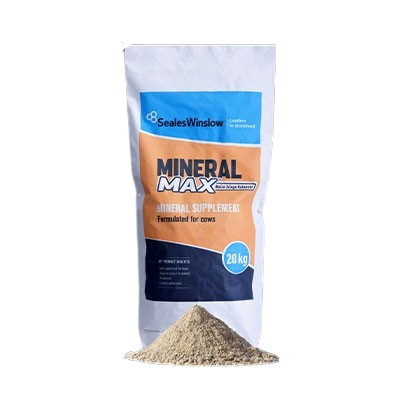Dairy Advice - Autumn
Balancing The Nutritional Gaps When Feeding Maize Silage
Maize silage is regarded as a popular and low-cost source of starch and fibre and is a relatively cheap source of energy. However, it does have some nutritional limitations and if properly balanced, this feed option can be used as a profitable supplement in any dairy system.
The popularity of maize silage as a common source of preserved forage, is largely due to its cost-effectiveness and the relative ease with which bulk feed can be produced on-farm. It’s a streamlined process from harvesting, chopping, compacting and ensiling.
However, like many other feeds, silage is not perfectly nutritionally balanced, and although a good compliment to pasture year-round, there are nutritional gaps that require filling if production and health are to be optimised. Various factors influence its nutritional value and quality, particularly through ensiling. Factors such as chop length, the number of kernels compared to other plant components, dry matter and ensiling conditions will impact the quality of maize silage at feeding.
The dry matter of the stack will determine the level aerobic activity. Low levels of dry matter leave the door open to the loss of more nutritious nutrients such as proteins, sugars and starches and opens the door to secondary fermentation and mould growth. Ensuring chop length is correct for optimal compaction is important to reduce air pockets and encourage an effective anaerobic environment and ensiling process. Hence, it is important to ensure that the process of ensiling is done correctly to maintain silage quality. Knowing the quality of the silage is important to ensure that the nutrients being fed are sufficient to support production and this can be checked through analysing a sample through a laboratory.
The nutritional deficit of maize silage is typically minerals such as magnesium, calcium sodium and phosphorous, as well as protein. A good-quality, well utilised pasture, will provide enough protein to offset the lower protein in maize silage to support production and gain.
However, feeding maize silage may exacerbate potential mineral deficiencies particularly the minerals mentioned above. Ensuring these minerals are provided to cover any deficiencies and to support production and health, are critical to the profitability of the operation.
Calcium, phosphorous, magnesium and sodium are essential to the animal’s physiological function. Magnesium is critical for nerve function and the absorption of calcium from the gut. Calcium is essential for strong bones as well as for milk production. Salt aids in water balance and has essential roles in nerve and cellular function. Underlying deficiencies of these minerals and imbalances, can cause clinical and sub-0clinical metabolic disease as well as impact overall production and health.
Supplementing these minerals will ensure any gaps are covered. It is important to note that the quality of these minerals as well as application will drive the success of the supplementation programme. Poor quality minerals that are not as available to be absorbed by the cow, defeat the objectives of supplementation. Mixing the mineral supplement into the maize silage, would ideally be done in a mixer wagon to get a uniform distribution of minerals through the silage.
Alternatively, evenly dusting the supplement over the feed once it is in the feed bin or trough, ensures a more even distribution. Avoid clumping or an inconsistent spread of the supplement.
A product like Seales Winslow’s Mineral Max® Maize Silage Balancer is ideal for the above applications. It is specifically designed and made using high quality minerals to match the mineral deficiencies when feeding maize silage, supporting health and production.

Mineral Max® Maize Silage Balancer
Mineral Max® Maize Silage Balancer delivers essential minerals to an animal’s diet whenever maize silage is a significant component of the diet.

